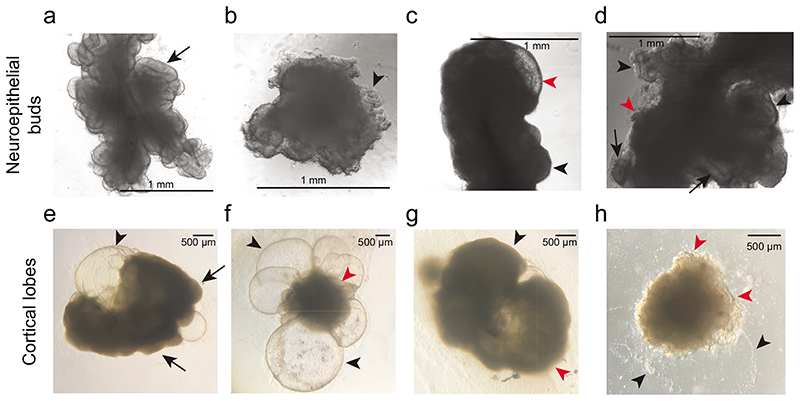Figure 3. Examples of morphological hallmarks and suboptimal morphologies.
a-d. Representative images of acceptable and suboptimal organoids based on the morphology of neuroepithelial buds. a. An optimal organoid 3 days after Matrigel embedding with excellent neuroepithelial bud morphology demonstrated by their brightness, smooth borders and apicobasal thickness (arrow). b. A suboptimal organoid 2 days after Matrigel embedding, displaying no evidence of proper neuroepithelial bud formation, instead forming very thin and convoluted epithelia (arrowhead), likely of a nonneural identity. c. A suboptimal organoid 5 days after Matrigel embedding, displaying suboptimal buds that are dark and lack a visible lumen (black arrowhead). A cyst can also be seen (red arrowhead), which should not be present at this early time point and further indicates improper identity. d. A suboptimal organoid 5 days after Matrigel embedding, displaying some healthy neuroepithelial buds (arrows) but an abundance of nonneural thin epithelia (red arrowheads) and other dark buds lacking a smooth border (black arrowhead). e-h. Representative images of acceptable and suboptimal organoids based on cortical lobe morphology. e. An acceptable organoid at day 55 with numerous cortical lobules (arrows). Although a large cyst is present (arrowhead), the adjacent cortical tissue appears well developed and healthy. f. A suboptimal organoid at day 55, lacking visible cortical lobes and displaying numerous cysts (black arrowheads) and central disorganized tissue (red arrowhead). g. A suboptimal organoid at day 55, displaying regions with a smooth border but that fail to form protruding lobules (black arrowhead). The rest of the tissue also appears disorganized and lacks smooth borders (red arrowhead). h. A suboptimal organoid at day 40, displaying convoluted thin epithelia (red arrowheads) and numerous migrating cells (black arrowheads).

